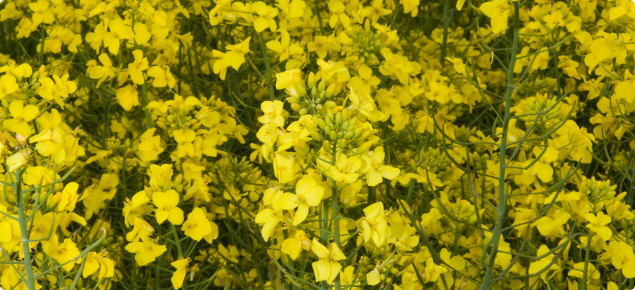Background
Canola is now being grown in low rainfall areas. Primarily growers choose open pollinated Triazine Tolerant (TT) varieties. However breeding companies are favouring the development of hybrids in order to pay for breeding services. Hybrids provide growers with more vigorous seedlings, comparatively better plant establishment and generally higher yields. However growers have to purchase new seed of hybrid varieties every year in order to get these potential yield benefits. Seed for hybrid canola is 25 times more expensive than the seed of open pollinated canola. If growers choose to grow hybrids they may wish to minimise seed costs by sowing at low densities.
Aim
To investigate the plant density response to yield and oil content of TT and Roundup Ready (RR) hybrid canola in comparison with open-pollinated (OP) canola.
Trial details
Treatment details
36 treatments:
- two herbicide tolerant (HT) canola (TT and RR)
- four cultivars
- TT – OP = CB Telfer TT and Hybrid = Hyola 450TT
- RR - OP = GT Viper, Hybrid = Hyola 404 RR
- eight densities of 5, 10, 15, 20, 30, 40, 60 or 80 plants per square metre (m2)
- three replicates
Assumptions used in gross margins
- Oil bonus +/- 1.5% per unit of oil (%) either side of 42%, with no oil ceiling.
- Additional costs such as seeding, harvest, insecticides assumed to be $100 per hectare (ha).
- Nitrogen costs $1 per kilogram (kg), application costs $8/ha.
- RR costs – seed $31/kg, herbicides $28/ha, grain worth $482 per tonne (t) (CBH Pool Esperance 5 November 2013).
- TT costs – seed $2/kg, herbicides $47/ha, grain worth $502/t (CBH Pool Esperance 5 November 2013).

